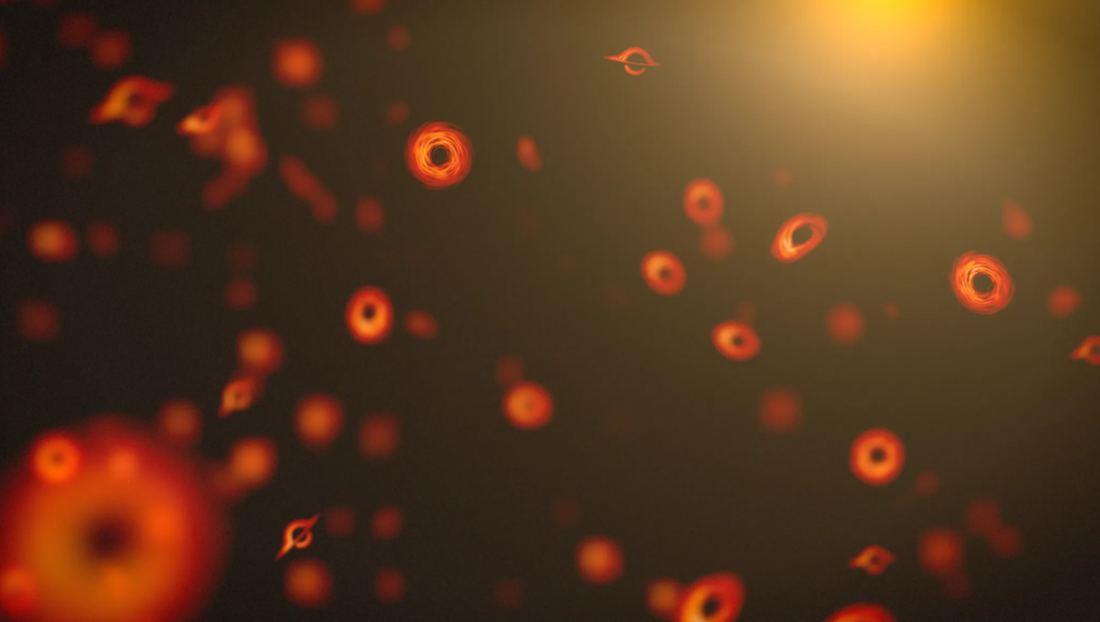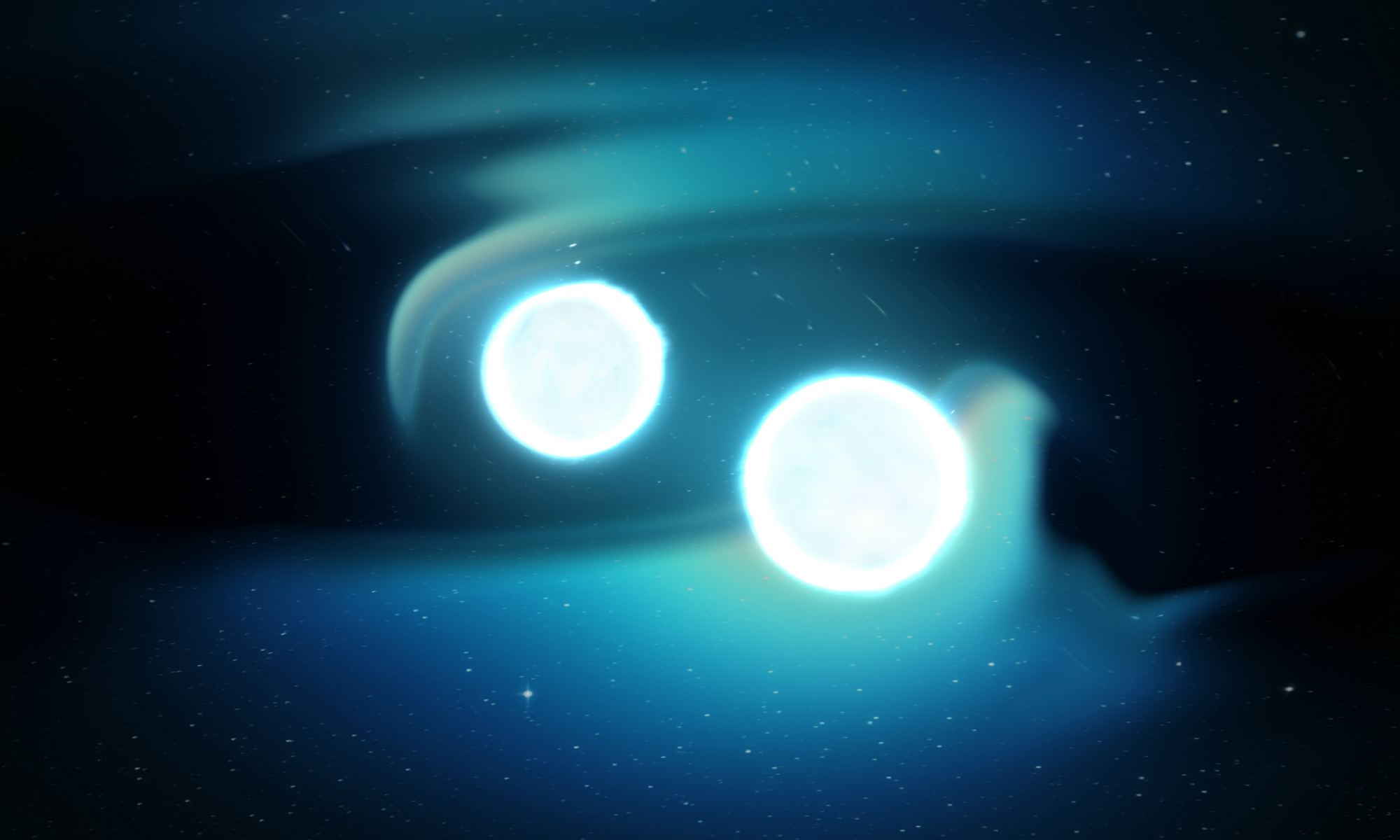The long-awaited detection of gravitational waves has opened up a whole new world of astronomy. One of the key efforts is now to tie signals across multiple domains – for example, a gravitational wave and the associated electromagnetic radiation created by that same event, such as a black hole merger or a gamma-ray burst. We’ll need new equipment to detect such “multimodal” signals, especially electromagnetic ones. One such project is the Black Hole Coded Aperture Telescope (BlackCAT), which will be launched early this year by a team led by researchers at Penn State.
Continue reading “A CubeSat Mission Will Detect X-rays from GRBs and Black-Hole Mergers”Neutron Stars With Less Mass Than A White Dwarf Might Exist, and LIGO and Virgo Could Find Them

Most of the neutron stars we know of have a mass between 1.4 and 2.0 Suns. The upper limit makes sense, since, beyond about two solar masses, a neutron star would collapse to become a black hole. The lower limit also makes sense given the mass of white dwarfs. While neutron stars defy gravitational collapse thanks to the pressure between neutrons, white dwarfs defy gravity thanks to electron pressure. As first discovered by Subrahmanyan Chandrasekhar in 1930, white dwarfs can only support themselves up to what is now known as the Chandrasekhar Limit, or 1.4 solar masses. So it’s easy to assume that a neutron star must have at least that much mass. Otherwise, collapse would stop at a white dwarf. But that isn’t necessarily true.
Continue reading “Neutron Stars With Less Mass Than A White Dwarf Might Exist, and LIGO and Virgo Could Find Them”Building the Black Hole Family Tree

In 2019, astronomers observed an unusual gravitational chirp. Known as GW190521, it was the last scream of gravitational waves as a black hole of 66 solar masses merged with a black hole of 85 solar masses to become a 142 solar mass black hole. The data were consistent with all the other black hole mergers we’ve observed. There was just one problem: an 85 solar mass black hole shouldn’t exist.
Continue reading “Building the Black Hole Family Tree”For Their Next Trick, Gravitational Wave Observatories Could Detect Collapsing Stars

The merging of black holes and neutron stars are among the most energetic events in the universe. Not only do they emit colossal amounts of energy, they can also be detected through gravitational waves. Observatories like LIGO/Virgo (Laser Interferometer Gravitational Wave Observatory) and KAGRA (The Kamioka Gravitational Wave Detector) have detected their gravitational waves but new gravitational wave observatories are now thought to be able to detect the collapse of a massive rapidly spinning star before it becomes a black hole. According to new research, collapsing stars within 50 million light years should be detectable.
Continue reading “For Their Next Trick, Gravitational Wave Observatories Could Detect Collapsing Stars”Primordial Black Holes Can Only Explain a Fraction of Dark Matter

What is Dark Matter? That question is prominent in discussions about the nature of the Universe. There are many proposed explanations for dark matter, both within the Standard Model and outside of it.
One proposed component of dark matter is primordial black holes, created in the early Universe without a collapsing star as a progenitor.
Continue reading “Primordial Black Holes Can Only Explain a Fraction of Dark Matter”Do Neutron Stars Have Mountains? Gravitational Wave Observatories Could Detect Them

The surface gravity of a neutron star is so incredibly intense that it can cause atoms to collapse into a dense cluster of neutrons. The interiors of neutron stars may be dense enough to allow quarks to escape the bounds of nuclei. So it’s hard to imagine neutron stars as active bodies, with tectonic crusts and perhaps even mountains. But we have evidence to support this idea, and we could learn even more through gravitational waves.
Continue reading “Do Neutron Stars Have Mountains? Gravitational Wave Observatories Could Detect Them”Astronomers Might Have Detected the Background Gravitational Waves of the Universe

In February 2016, Gravitational Waves (GWs) were detected for the first time in history. This discovery confirmed a prediction made by Albert Einstein over a century ago and triggered a revolution in astronomy. Since then, dozens of GW events have been detected from various sources, ranging from black hole mergers, neutron star mergers, or a combination thereof. As the instruments used for GW astronomy become more sophisticated, the ability to detect more events (and learn more from them) will only increase.
For instance, an international team of astronomers recently detected a series of low-frequency gravitational waves using the International Pulsar Timing Array (IPTA). These waves, they determined, could be the early signs of a background gravitational wave signal (BGWS) caused by pairs of supermassive black holes. The existence of this background is something that astrophysicists have theorized since GWs were first detected, making this a potentially ground-breaking discovery!
Continue reading “Astronomers Might Have Detected the Background Gravitational Waves of the Universe”
